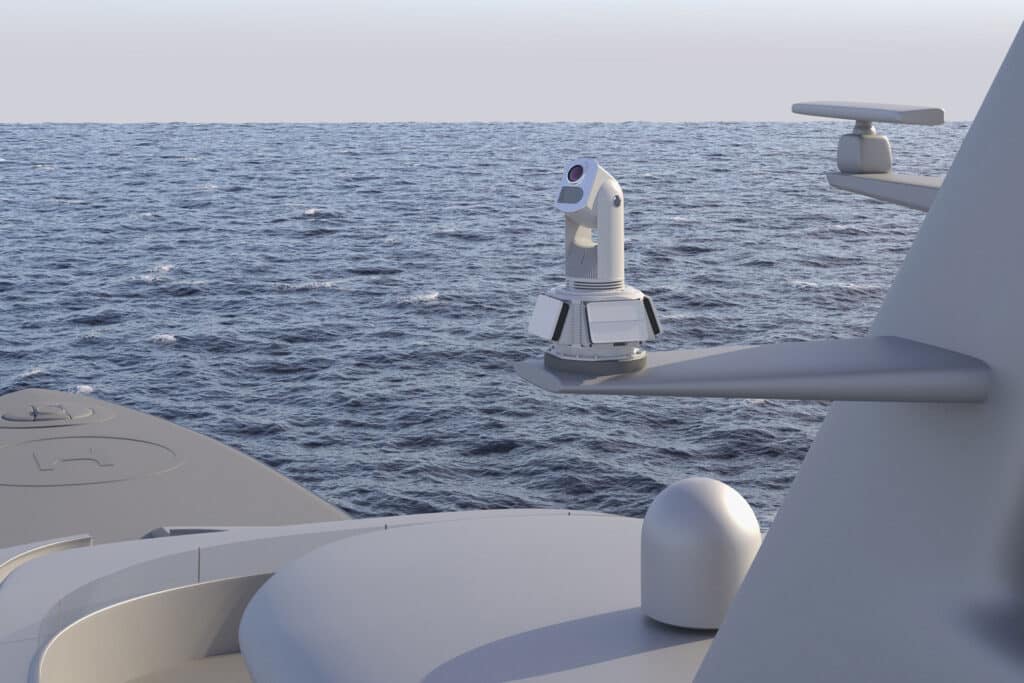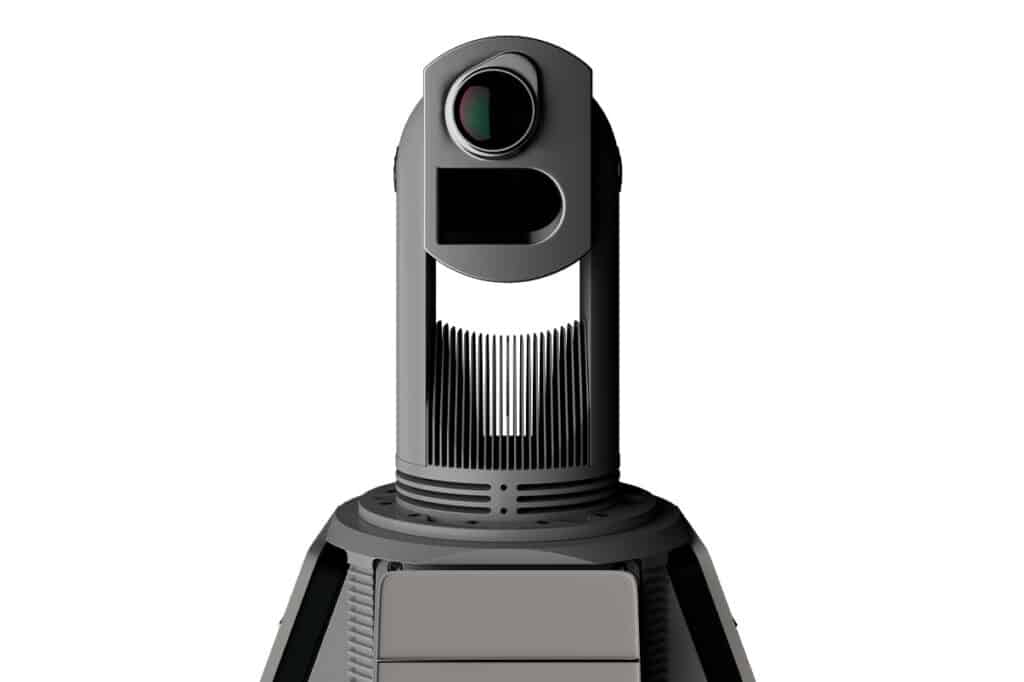
For many owners and charterers, a superyacht is a treasured place to relax in privacy. The trouble, of course, is that these yachts can sometimes be tempting flyby targets for unmanned aerial vehicles at the hands of recreational operators or paparazzi.
The good news? Countermeasures exist.
Marss Group’s NiDAR CUAS Compact system (NiDAR Core is the company’s software-based AI platform, while CUAS means counter unmanned aerial systems) can detect and thwart up to 1,000 drones. The customizable system uses artificial intelligence and sensors for drone detection and optional electronic countermeasures, with the software-driven setup being updated monthly to keep owners ahead of the UAV technology curve.
To understand this technology, consider that consumer-level UAVs rely on two sets of radio-frequency communications. The first set includes flight-path commands that are relayed to the UAV from the human-operated controller via telemetry and the (ballpark) 2.4-gigahertz frequency band. The second set transmits the UAV’s video imagery back to its operator at about 5.8 GHz. While modern drones use frequency-hopping schemes to help ensure connectivity in RF-rich environments like cities, most UAVs are programmed to return to their operator if their RF stream is interrupted.
Sharp readers just spied an Achilles’ heel. Where there are communications, it’s also possible to jam them.
The NiDAR CUAS Compact (from around $250,000) has networked sensors and smart software that’s bundled inside a mast-mounted radome, plus a belowdecks black box that networks with the superyacht’s navigation system. Customers can spec a range of sensors (and countermeasures), and the system can sometimes use the yacht’s existing networked instrumentation.
“It’s a multilayered approach,” says Johannes Pinl, CEO and founder of the Marss Group. “There’s not one solution that fits all.”
The updatable NiDAR Core acts as the system’s centralized brain by drawing on different sensors—such as daylight and thermal- imaging cameras, Doppler-enabled radars and RF-detection sensors—to detect and identify multiple targets before alerting a human operator with a suggested response. Pinl says the omnidirectional RF-detection sensors can spot a microsize drone at 6-plus miles, sometimes with its precise location, altitude and speed. The system’s radar is composed of four high-definition solid-state radar panels on the radome’s lower pedestal, delivering 360-degree coverage. This radar can spot a recreational-level UAV at almost 1 mile out, and its Doppler post-processing provides flight-pattern information that can help the system differentiate UAVs from seabirds.

Most systems employ two cameras: one daylight/low-light camera with a 14x continuous optical zoom and one thermal-imaging camera with a 30x continuous optical zoom. These are housed in a radome that can pan through 360 degrees and tilt through minus 45 degrees to plus 90 degrees. These cameras also help identify potential threats, with live video feeds of the target(s) on networked displays or tablets.
NiDAR Core also uses the video feed to perform AI-driven image classification for fixed-wing drones, quadcopters, seagulls and such. For example, Marss trained NiDAR Core to know that birds flap their wings roughly once every three seconds. If wing motion isn’t detected, the absence can escalate a detection situation.
While the NiDAR CUAS Compact system can automatically identify, track and defeat UAVs, it is built with a human-on-the-loop scheme where input from a person is required to initiate countermeasures. This setup also creates what Marss calls “hybrid” intelligence between the system’s AI and its human operator.
System- and vessel-depending, these countermeasures often start off analog before going digital. For example, crewmembers can alert the yacht’s helicopter about a potential hazard or advise anyone enjoying the yacht’s sun decks of the situation, and suggest that they relocate.
Should the drones linger, the next step sometimes involves jamming the drones’ Achilles’ heels and sending them home. While effective, this step can include legal concerns.
“Jammers are not allowed to be used in all jurisdictions,” Pinl says, adding, “They are allowed to be owned in most of the jurisdictions and, in general, are allowed to be used in international water.”
Most recreational drones share these RF vulnerabilities; however, savvy operators sometimes program their UAVs to fly pre-scripted routes, and they set the drone’s camera to record its video imagery locally. These actions close the door on telemetric countermeasures.
The fine print on jamming is that these devices are often legal to own, but they can be illegal to use. As a result, such countermeasures are typically reserved for installations that protect heads of state (see sidebar). Marss does offer GPS jammers on some high-end military-facing systems, and customers can also sometimes buy this technology from third-party vendors.
So, if you aren’t interested in providing headline fodder for the paparazzi, investing in a Marss NiDAR CUAS Compact system could be wise. Timing, of course, matters, and Pinl advises against waiting until a crewmember discovers a UAV with flat batteries perched on the helipad (a true story).
Physical Countermeasures
While electromagnetic pulses and lasers are years away, Marss’ AI-guided Interceptor is a counter-UAV system that’s designed to protect heads of state, ships and military installations. Each Interceptor can fly at almost 180 mph to autonomously defeat multiple small and medium-size UAVs at ranges over 3 miles using battering-ram tactics.








